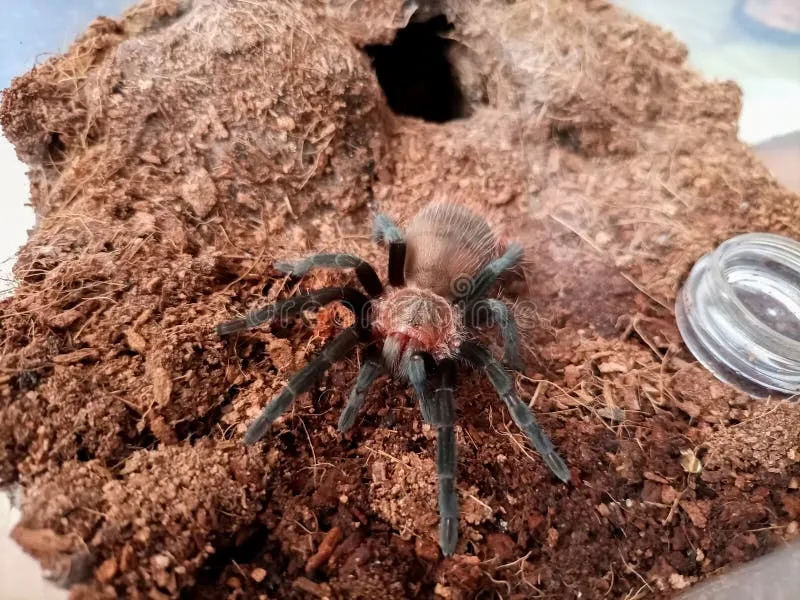What are Tarantula Paws
Tarantulas, those captivating arachnids that roam the earth, are renowned for their impressive size and intriguing behaviors. But have you ever stopped to consider the remarkable anatomy of their feet? These aren’t just ordinary appendages; tarantula paws are complex structures that play a vital role in their survival, enabling them to climb, grip, and navigate their environments with incredible precision. Understanding the intricacies of tarantula paws provides valuable insight into how these fascinating creatures thrive in diverse habitats. This detailed look at their feet will unravel the secrets behind their amazing abilities, so let’s dive deep into the world of these fascinating arachnids and explore the wonders hidden within their paws.
Structure of Tarantula Paws
Tarantula paws, also known as tarsi, are the terminal segments of their legs and are marvels of natural engineering. The structure of these paws is highly specialized, providing these spiders with exceptional grip, sensitivity, and agility. The complex design is critical for their ability to traverse various terrains, from the smooth surfaces of glass to the rough textures of tree bark, ensuring their survival in diverse habitats. These highly specialized features are what allow tarantulas to thrive in a variety of environments, making them remarkably adaptable creatures. The primary components that contribute to the incredible performance of their paws include tarsal claws and scopulae.
Tarsal Claws
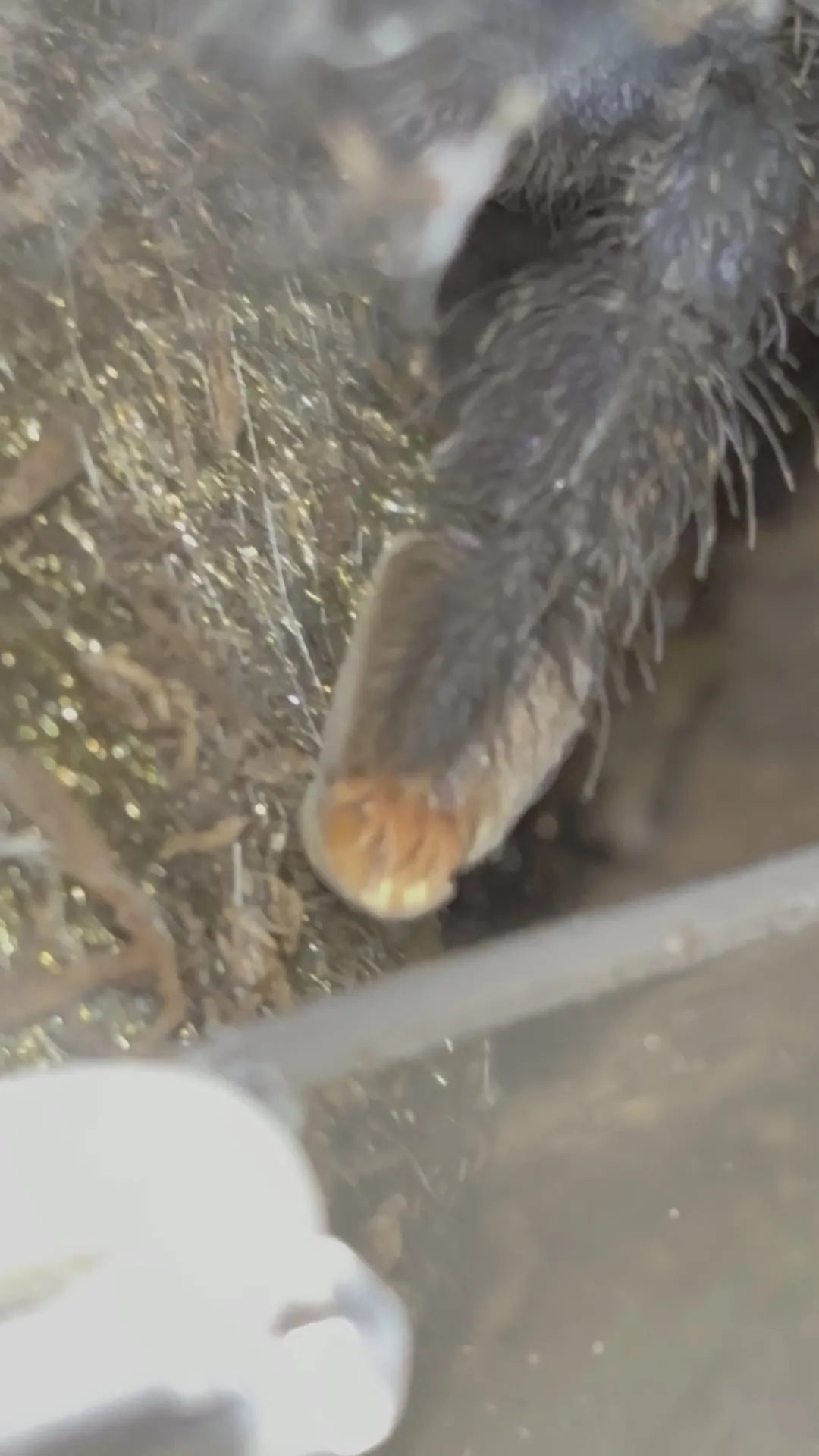
At the tip of each tarantula paw, you’ll find sharp, curved claws known as tarsal claws. These claws function much like the claws of other animals, providing a secure grip on surfaces, especially when climbing or navigating uneven terrain. The number of claws can vary slightly depending on the species, but they are essential for anchoring the tarantula, allowing it to maintain its position on various surfaces. These claws are particularly useful for gripping onto rough surfaces, helping the tarantula to maintain its grip and balance. This grip is crucial for everything from hunting prey to escaping predators, showcasing the importance of these seemingly small features.
Scopulae
Scopulae are dense pads of tiny, hair-like structures (setae) found on the underside of the tarantula’s tarsi and metatarsi (the segment before the tarsus). These setae are the secret to the tarantula’s incredible grip on smooth surfaces. They work by creating a Van der Waals force, a weak intermolecular attraction, which allows the tarantula to stick to surfaces at a molecular level. The scopulae act like millions of tiny feet, increasing the surface area of contact and enhancing adhesion. This feature allows tarantulas to effortlessly climb glass, walk upside down, and even scale seemingly impossible surfaces, demonstrating an astounding adaptation in the world of arachnids.
How Tarantula Paws Work
The functionality of tarantula paws is a blend of mechanical and physical principles, all working in perfect harmony to enable these spiders to move with remarkable precision and agility. Their paws are perfectly adapted for a wide range of tasks, from scaling vertical surfaces to swiftly maneuvering across uneven ground. The combination of tarsal claws, scopulae, and the spider’s lightweight build is what makes their paws such effective tools for survival and locomotion. By understanding how each element contributes to the overall performance, we can appreciate the elegance of this adaptation and the critical role it plays in the tarantula’s daily life.
Grip and Adhesion
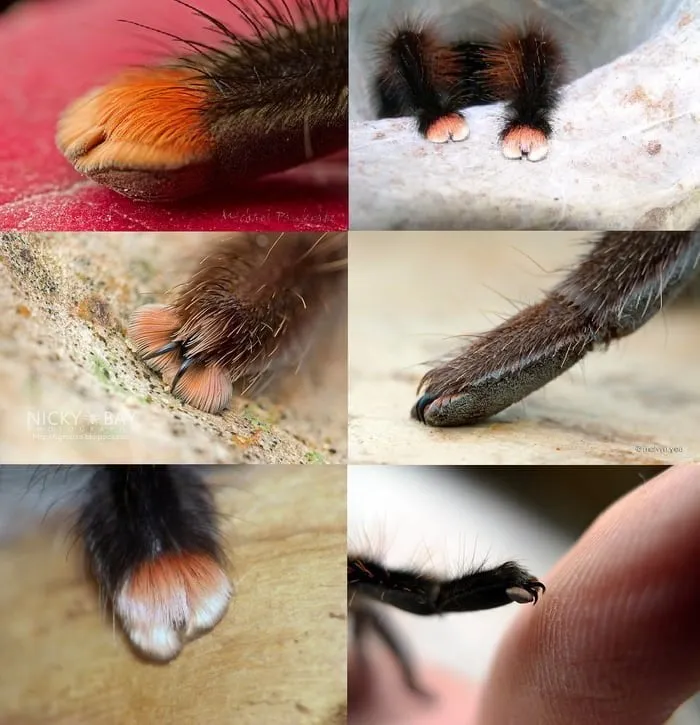
The grip and adhesion capabilities of tarantula paws are primarily attributed to the scopulae, those dense pads of setae. As the tarantula walks, the tiny hairs of the scopulae make intimate contact with the surface, creating a strong adhesive force. The Van der Waals forces, which are key to this adhesion, are particularly effective on smooth surfaces. This mechanism allows tarantulas to adhere to a wide variety of materials, providing a level of grip that allows them to move with confidence. The grip is further enhanced by the spider’s ability to control the angle and pressure of their paws, maximizing the contact area for optimal adhesion.
Surface Interaction
The interaction between tarantula paws and different surfaces is highly sophisticated, allowing them to adapt their grip based on the terrain. On rough surfaces, the tarsal claws provide the primary grip, digging into crevices and irregularities. On smooth surfaces, the scopulae take over, utilizing the Van der Waals forces to ensure adhesion. Tarantulas can also adjust the angle of their legs and the pressure applied to their paws, optimizing their grip based on the texture and slope of the surface. This adaptability allows them to navigate a diverse range of environments, from the forest floor to the walls of a terrarium. This is a testament to their evolutionary adaptation, making them incredibly versatile creatures.
Walking on Various Surfaces
Tarantulas can walk on various surfaces with remarkable ease. The combination of their tarsal claws and scopulae allows them to move across different terrains, including wood, glass, and even upside down on ceilings. When walking on a rough surface, the claws engage to provide the necessary grip. When on a smooth surface, the scopulae come into play, allowing the tarantula to adhere effectively. They exhibit impressive control and adaptability while walking, shifting between using claws and scopulae as needed. This versatility in locomotion is a key factor in their ability to thrive in a wide range of habitats.
10 Amazing Facts about Tarantula Paws
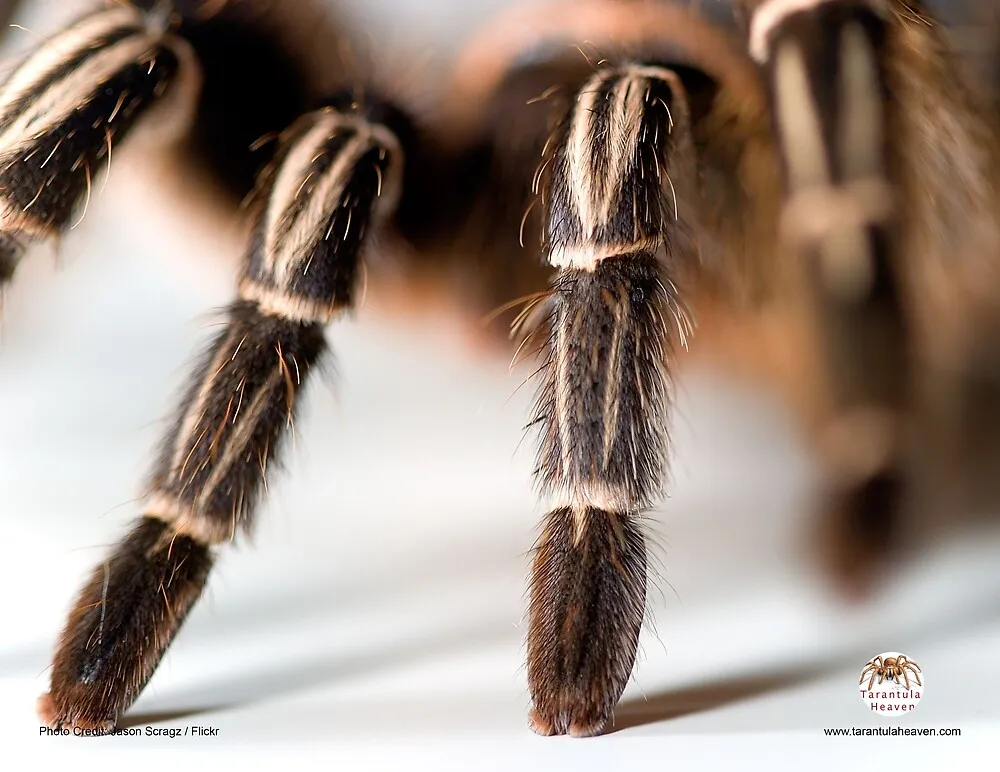
Fact 1 Enhanced Grip
Tarantula paws have an enhanced grip, thanks to the scopulae. These specialized structures on the underside of their feet allow them to cling to smooth surfaces like glass and plastic with ease. This is one of the key reasons why tarantulas are such skilled climbers and can even walk upside down.
Fact 2 Sensitive Touch
Tarantula paws are not only built for grip but also for sensing their environment. The setae on their paws are covered with tiny sensory receptors. These receptors allow tarantulas to detect vibrations, changes in pressure, and the texture of the surfaces they are walking on. This sensory information is crucial for navigation and hunting.
Fact 3 Climbing Ability
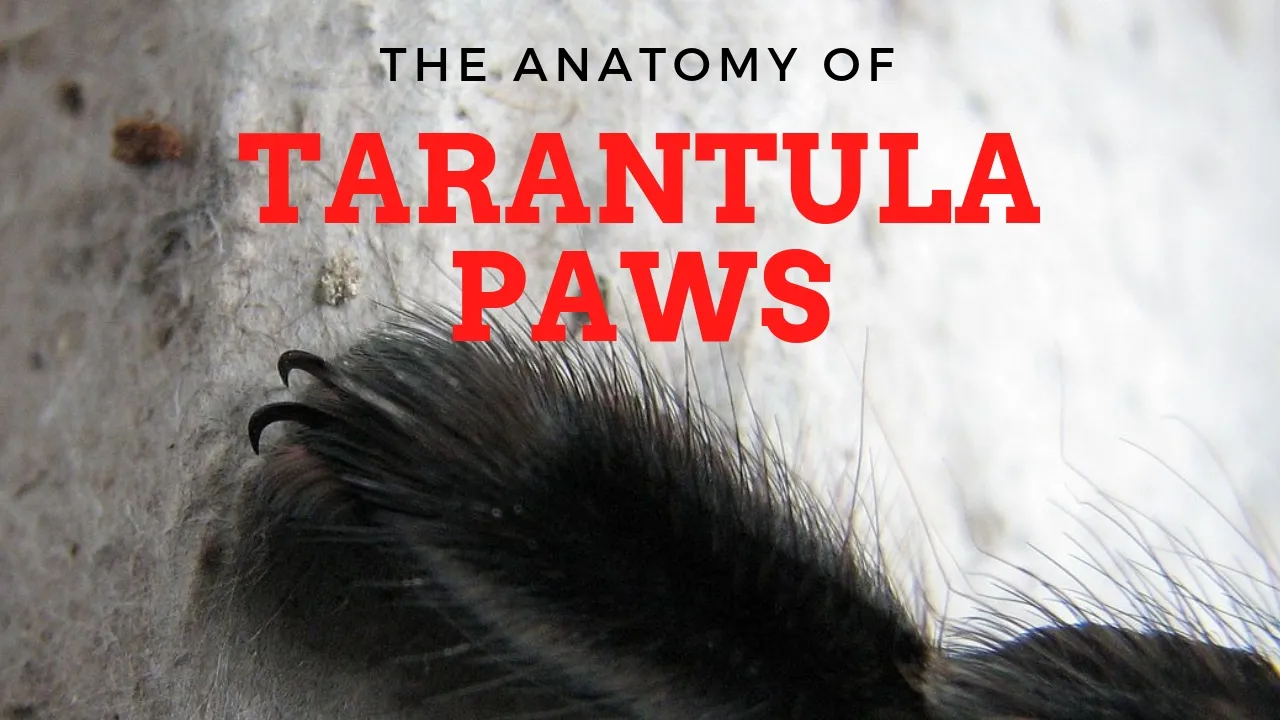
The combination of claws and scopulae makes tarantulas exceptional climbers. They can scale almost any surface, from rough tree bark to smooth glass, allowing them to access a wide range of habitats and prey. Their climbing abilities also help them escape predators and seek shelter.
Fact 4 Surface Preference
Tarantulas exhibit a preference for the type of surface they walk on. Their paws are adapted to both rough and smooth surfaces, but they may prefer certain surfaces depending on the species and the environment. This preference can influence their behavior and the areas they choose to inhabit.
Fact 5 Cleaning Mechanism
Tarantulas have a built-in cleaning mechanism for their paws. They use their chelicerae (mouthparts) and pedipalps (small appendages near the mouth) to groom their paws, removing debris and ensuring their grip remains effective. This meticulous grooming is essential for maintaining the functionality of the scopulae and claws.
Fact 6 Molting Process
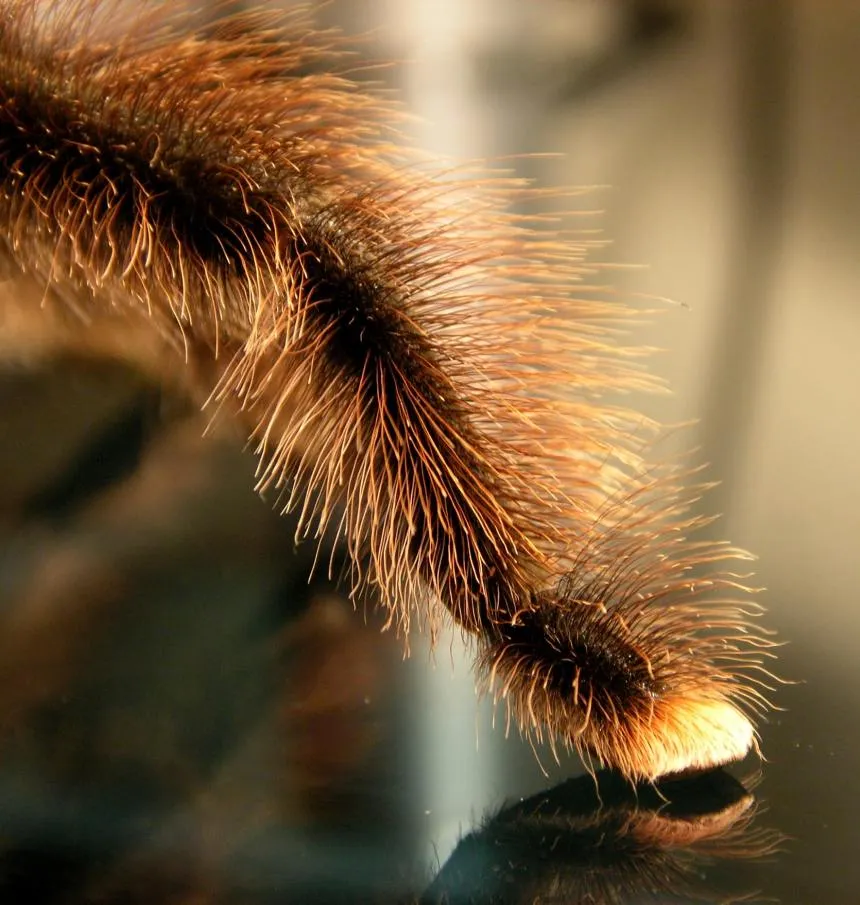
During the molting process, tarantulas shed their exoskeleton, including the claws and scopulae on their paws. The new claws and scopulae are soft initially, so the tarantula must be cautious when moving around until the new exoskeleton hardens. The molting process is crucial for growth and the regeneration of any damaged parts.
Fact 7 Sensory Perception
The sensory receptors in their paws play a crucial role in their sensory perception, allowing tarantulas to navigate their environment and detect potential threats or prey. They can sense vibrations, pressure, and the texture of surfaces. This allows them to avoid predators, locate suitable hiding places, and ambush their prey with incredible precision.
Fact 8 Locomotion Adaptation
The structure of tarantula paws directly influences their locomotion. Their ability to walk, climb, and even run is dependent on the design and function of their paws. The claws and scopulae work together to provide a versatile and adaptable means of movement. This intricate system allows them to traverse a variety of environments with ease.
Fact 9 Environmental Influence
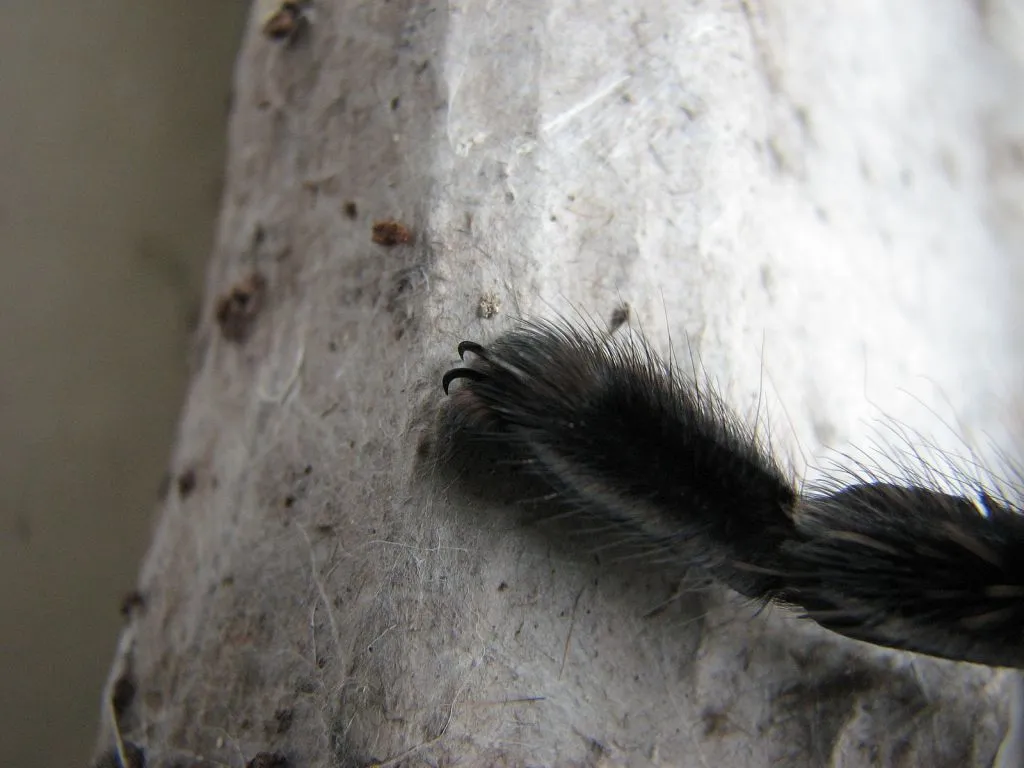
The environment significantly influences the development and function of tarantula paws. Factors such as the type of substrate they live on and the humidity levels can affect the wear and tear on their claws and scopulae. Tarantulas in arid environments may have more robust adaptations for grip and adhesion.
Fact 10 Evolutionary Significance
Tarantula paws represent a significant evolutionary adaptation that has contributed to their survival and success. The specialized structures have allowed them to colonize a wide range of habitats and become formidable predators. The evolution of their paws is a testament to the power of natural selection and adaptation in the animal kingdom. Their success over millions of years highlights the crucial role their paws play in their survival.
Conclusion
Tarantula paws, with their intricate design and remarkable functionality, are a testament to the wonders of the natural world. From the sharp claws providing a secure grip to the scopulae that enable adhesion on smooth surfaces, every aspect of their paws is meticulously crafted for survival. Their ability to climb, sense their surroundings, and adapt to various environments showcases their evolutionary success. As we’ve explored the amazing facts about tarantula paws, we have gained a deeper appreciation for these fascinating creatures and the engineering marvel that is their feet. Understanding the complexity and the evolutionary advantages of tarantula paws provides a new perspective on these often-misunderstood arachnids.
